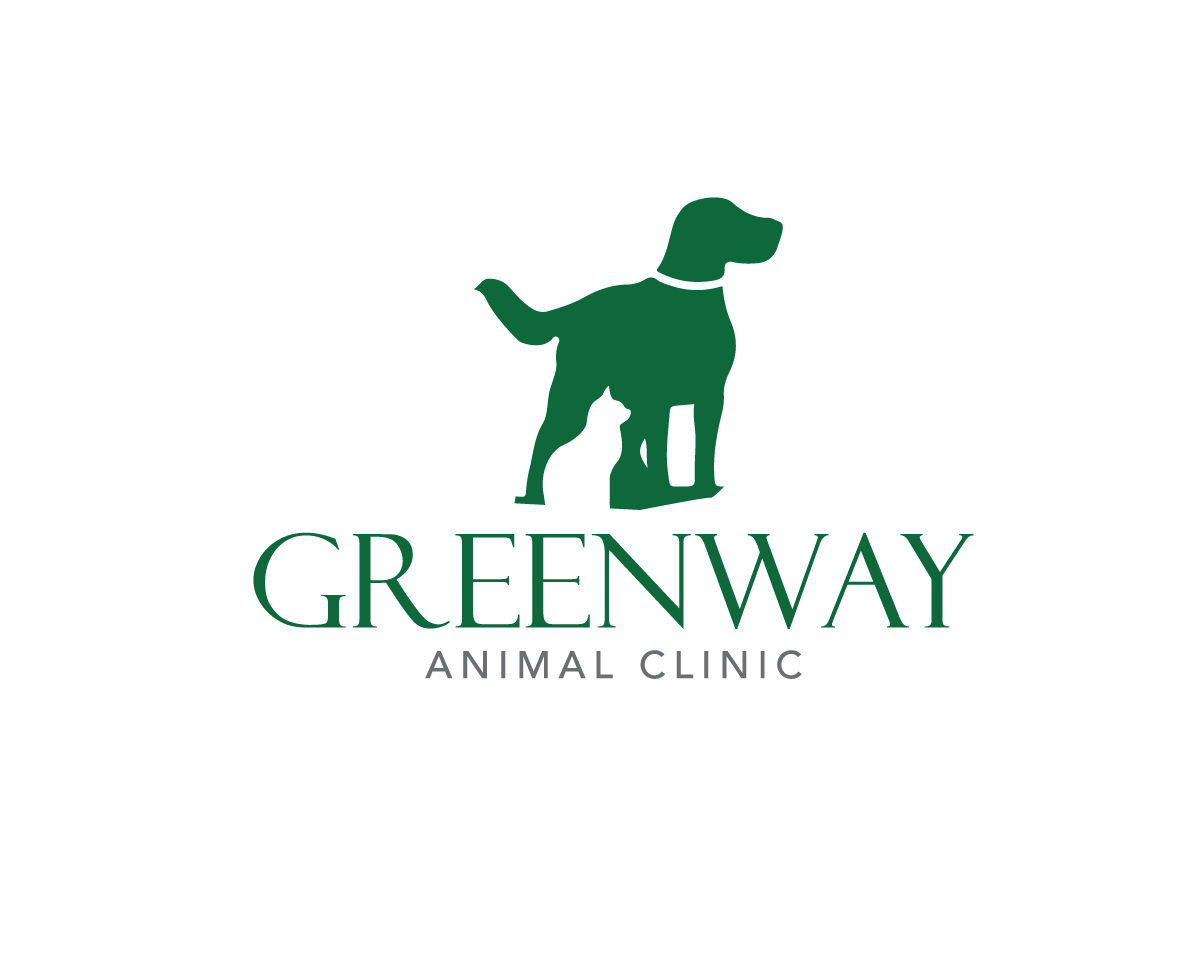Pet Health Library
-
This is a tumour originating from the connective tissue of, or beneath, the skin. The tumour is diverse in appearance and several different cell lines produce tumours of similar appearance.
-
The hip is a simple "ball and socket" joint located at the top of both hind limbs. This joint has a wide range of movement in all directions and its efficient function is essential to normal hind limb movement.
-
In recent years, the use of modem veterinary equipment and a better understanding of the theory and practice of fracture repair, has resulted in an improved level of treatment for the cat with a fractured (broken) leg.
-
Most male animals that are kept for companionship, work, or food production (horses, dogs, cats, bulls, boars) are neutered unless they are intended to be used as breeding stock.
-
Chronic upper respiratory tract (URT) disease is a relatively common problem in cats, and can have many causes. The most common form is termed chronic post viral or idiopathic rhinitis.
-
All tissues and organs of the body may develop cancer (an abnormal overgrowth of their constituent cells).
-
Cysts are hollow spaces containing liquid or solidified secretion. A few cysts form within cancers but only non-cancerous cysts are considered here.
-
Muscle (called smooth muscle) and fibrous connective tissues form the framework (stroma) that holds other tissues together in the organs of the body. A number of different tumours can develop from the cells of these tissues.
-
These tumours are polyp-like growths with a narrow base or a stalk. Some are nodular overgrowths secondary to inflammation but others are benign or malignant cancers of the glands found in this area.
-
Tumours of the cortex of the adrenal glands may be overgrowths (hyperplasias) or benign (non-spreading) or malignant (spreading) cancers. Usually they are producing hormones that will have secondary clinical effects elsewhere in the body.

